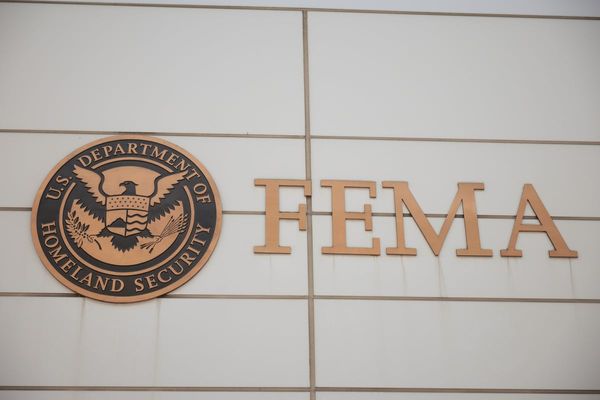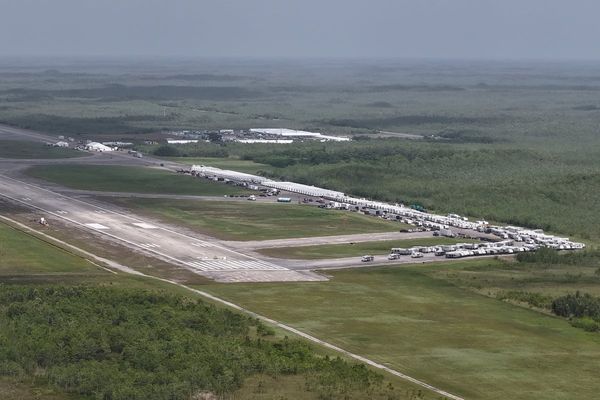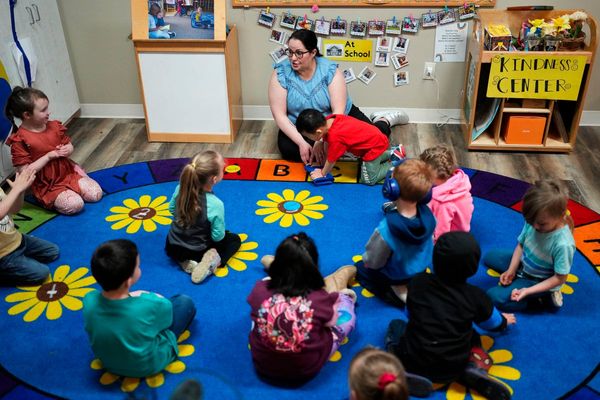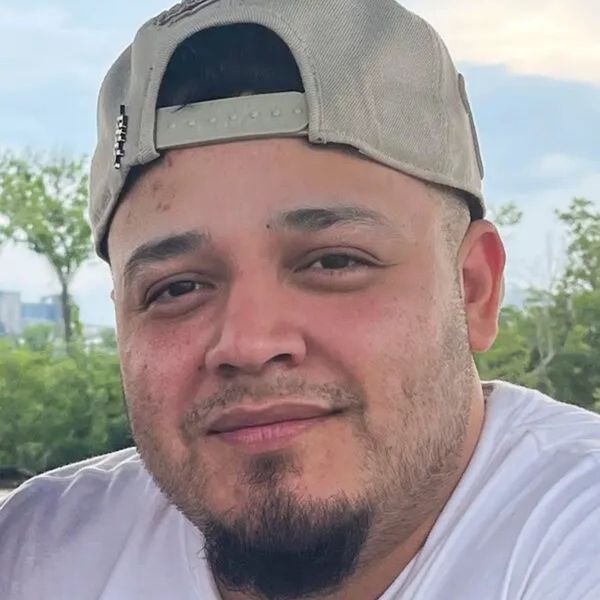
When you invest in a new HVAC system, you expect cleaner, healthier air in your home. But what if your indoor air quality gets worse even after a professional installation? It’s a scenario more common than most homeowners realize. The truth is, some HVAC installations leave behind toxic air, without breaking any rules or codes. This issue matters because poor indoor air quality can lead to headaches, allergies, respiratory problems, and long-term health risks for you and your family. Understanding why this happens and how to protect yourself is essential for anyone considering an HVAC upgrade or replacement.
Below, we break down the surprising reasons why HVAC installations can legally leave your air less safe, and what you can do to ensure your home stays healthy.
1. Building Codes Set the Minimum, Not the Maximum
Building codes and HVAC regulations are designed to set a baseline for safety and performance. However, these codes often represent the bare minimum required by law, not the gold standard for health. For example, codes may specify the ductwork size or the minimum ventilation rate, but they rarely address the quality of air filtration or the presence of volatile organic compounds (VOCs). As a result, an HVAC system can pass inspection while still circulating dust, allergens, or even toxic chemicals throughout your home. Homeowners should remember that “up to code” doesn’t always mean “healthy.”
2. Cheap Filters Are Legally Acceptable—But Not Healthy
Most HVAC systems come with basic filters that meet code requirements, but these filters are often designed only to protect the equipment, not your lungs. Standard fiberglass filters, for instance, can let through pollen, mold spores, and even bacteria. While these filters are legal and common, they do little to improve indoor air quality. Upgrading to a higher-efficiency filter, such as a HEPA or MERV 13, can significantly reduce airborne toxins and allergens.
3. Ductwork Can Harbor Hidden Contaminants
During installation, existing ductwork is often reused to save time and money. Unfortunately, ducts can accumulate dust, mold, pet dander, and even rodent droppings over the years. If installers don’t thoroughly clean or replace old ducts, your new HVAC system may simply blow these contaminants into every room. While no strict regulations require duct cleaning during installation, it’s a crucial step for maintaining healthy air. Homeowners should ask their contractor about duct cleaning or consider having ducts inspected before installation.
4. Poor Ventilation Design Leaves Stale Air Trapped
A well-designed HVAC system should bring fresh air and expel stale, contaminated air. However, many installations focus solely on heating and cooling, neglecting proper ventilation. This can lead to a buildup of carbon dioxide, VOCs from household products, and other pollutants. The lack of fresh air exchange in tightly sealed modern homes can make indoor air even more toxic than outdoor air. Consider adding an energy recovery ventilator (ERV) or heat recovery ventilator (HRV) to your system to address this.
5. Off-Gassing from New Materials Is Overlooked
New HVAC systems and ductwork often use materials that emit VOCs, especially in the first few months after installation. These chemicals can come from adhesives, insulation, or metal. While off-gassing is not illegal and is rarely addressed in building codes, it can contribute to headaches, dizziness, and long-term health issues. To minimize exposure, ask your installer about low-VOC materials and ventilate your home thoroughly after installation.
6. Oversized or Undersized Systems Can Worsen Air Quality
An HVAC system that’s too large or too small for your home can create air quality problems. Oversized systems cycle on and off too quickly, failing to filter or dehumidify the air properly. Undersized systems may run constantly, leading to excess humidity and mold growth. Both scenarios can leave you with uncomfortable air and may harbor hidden toxins. Always insist on a proper load calculation before installation to ensure your system is the right size for your space.
7. Lack of Ongoing Maintenance Lets Problems Grow
Even the best HVAC installation can lead to toxic air if the system isn’t maintained. Filters clog, coils collect dust, and moisture can build up in hidden areas, creating a breeding ground for mold and bacteria. While maintenance isn’t always required by law, it’s essential for keeping your air clean and safe. Set a reminder to change filters regularly and schedule annual professional checkups to catch issues before they become health hazards.
Healthy Air Is Your Right—Don’t Settle for Less
Just because an HVAC installation follows the rules doesn’t mean it guarantees healthy air. Building codes and regulations are important, but they don’t always protect you from every risk. By understanding the limitations of standard installations and taking proactive steps—like upgrading filters, cleaning ducts, and insisting on proper ventilation—you can ensure your home’s air is as safe as possible. Remember, your health and comfort are worth more than just meeting the minimum requirements.
Have you ever noticed a change in your indoor air quality after a new HVAC installation? Share your story or tips in the comments below!
Read More
How to Profit from the Coming Rapture
Keeping Warm and Cool by Using Curtains
The post Why Some HVAC Installations Leave Behind Toxic Air Without Breaking Any Rules appeared first on Clever Dude Personal Finance & Money.







